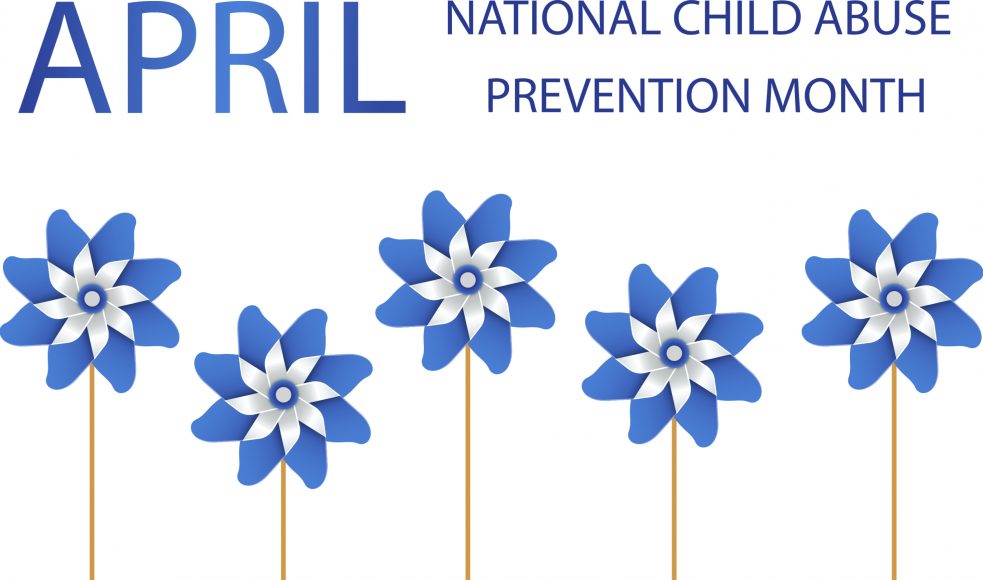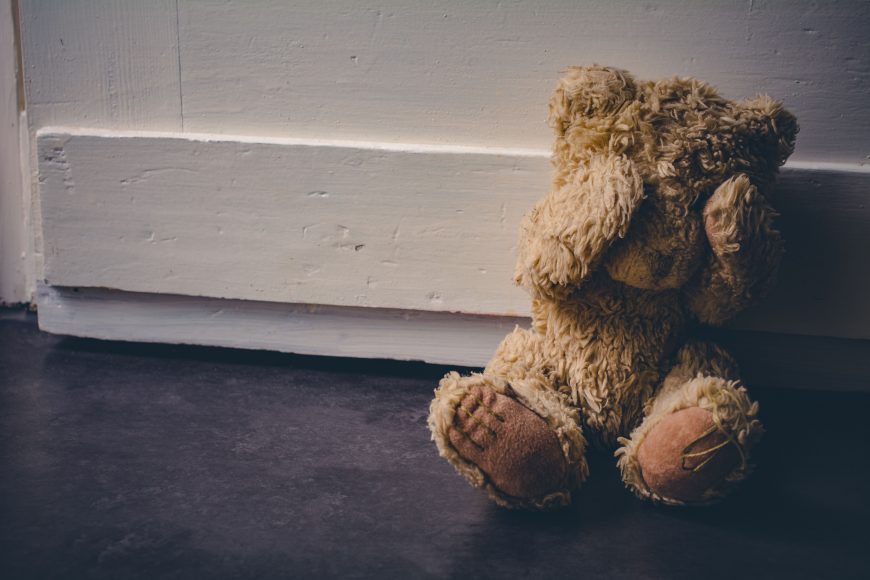April is National Child Abuse Prevention Month.

At the start of the pandemic, there was a dramatic decrease in child abuse hotline reports. While that sounds positive, it is actually terrifying. Instead of a decrease in child abuse, it was more likely that a decrease in reporters witnessing the signs of abuse was the cause of fewer calls. Teachers were not able to see bruises, doctors were not as able to ask questions, and changes in behavior were less noticeable. We all have a responsibility to be aware of the signs of child abuse! As April is National Child Abuse Prevention Month, let’s talk about recognizing clues of child abuse in play.
There are some obvious warning signs of abuse, such as injuries in different stages of healing, fear of a particular caregiver or person, or avoidance of going home. Similarly, the child might wear clothes that are not weather appropriate, not have any food to eat or seem constantly hungry, or looks/smells unclean. Stealing might be an attempt to meet their own needs.
However, a lot of signals can be much more subtle. If this is a child you know well, take note if there is a sudden change in behavior. You might start to notice that the child is more emotional, seems distracted, starts “acting out,” or school performance decreases. Alternatively, the child might seem overly compliant, passively accepting all instruction and being overly careful to tend to the needs of adults, even attempting to care for adults. Older children might turn to skipping school, doing drugs, or behaving in a more sexualized manner. Changes in sleep and appetite are often associated with changes in mood.
Aside from noticing changes in the child, consider how the child acts around other adults, particularly caregivers. Does he get nervous, fearful, or anxious around certain people? Does she try to avoid someone or going home? Does that adult speak about the child in a way that is inappropriate, overly controlling, rejecting, or hurtful? Despite discussions about “stranger danger,” children are actually much more likely to be abused by someone they know and trust.
Abuse is complicated and comes in many different forms. We might see some of these signs and it could be a teen experiencing developmentally appropriate angst. Or it might be that we caught the parent on a bad day. On the other hand, you might be the one person the child is waiting for to find some safety.

If you suspect that a child you know is being abused, do not confront the caregiver. Consider if you are starting to see multiple signs. Depending on your relationship with the child, it might be worth talking to them about your interest in their well-being and confirming that you are a safe person they can talk to.
If you genuinely believe that there could be abuse going on, it is important to call Child Protective Services at 1-800-392-3738. You can remain anonymous if you want to, but that makes follow-up difficult. You can also make a report online at https://apps.dss.mo.gov/OnlineCanReporting/default.aspx . When in doubt, make the call. Of course, if there is an immediate danger, call 911 and do not let the child return home. You are not an investigator; that is the job of Child Protective Services. Many calls are made that are not actually child abuse, but it is better to err on the side of caution.
Finally, this is not an exhaustive list of types or signs of abuse. You can always call the hotline with an inquiry if you are unsure. Even if a call does not result in the confirmation of abuse, it can provide resources to a family in need. More importantly, preventing abuse is of utmost importance. Reducing stress and increasing access to resources are key. Therapy is useful for everyone, and mental wellness needs to be normalized. Mental health is physical health!









